Sonrisas "Smiles"
In the past, we have avoided talking about the important stuff – the good work we do behind the scenes. With our recent rebrand, we're committed to being open and honest, sharing our stories and em...
In the past, we have avoided talking about the important stuff – the good work we do behind the scenes. With our recent rebrand, we're committed to being open and honest, sharing our stories and em...
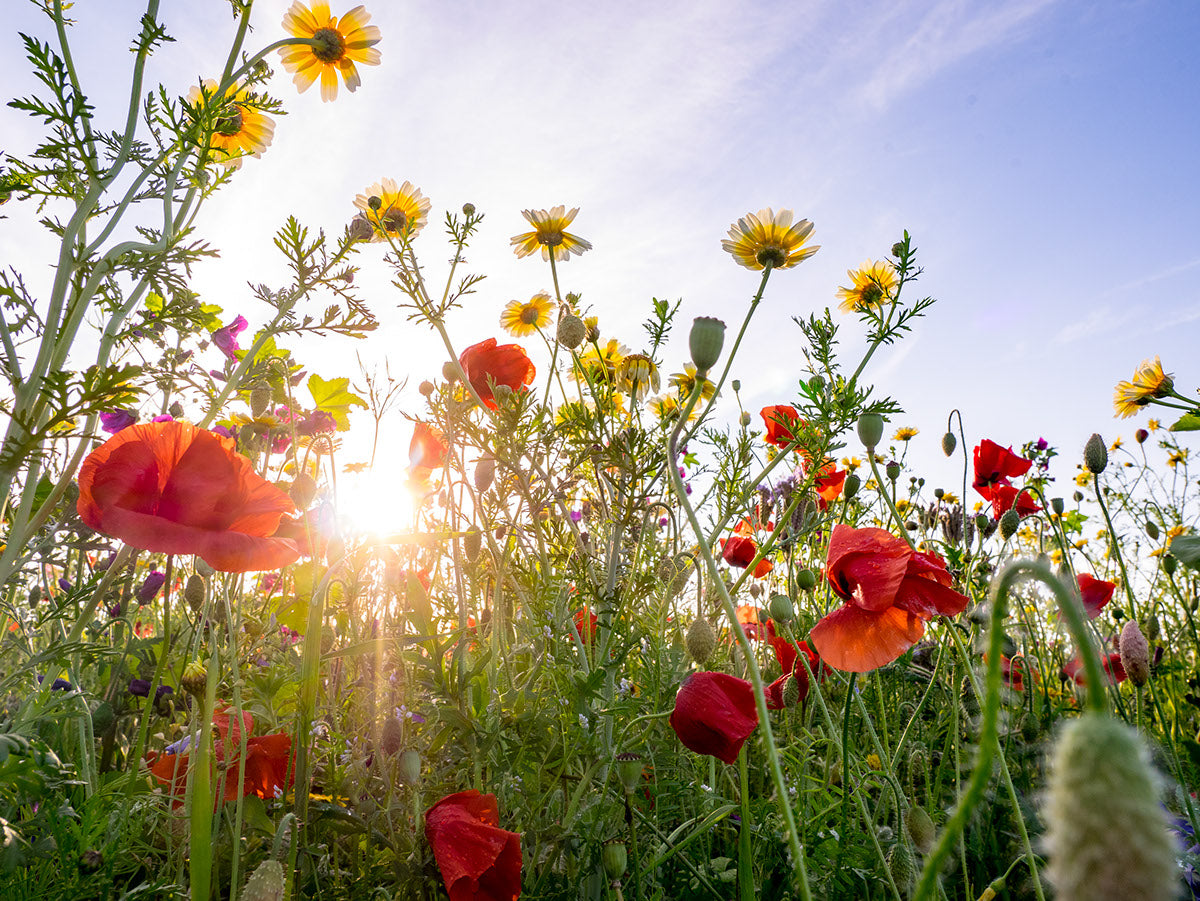
As we kick off the third year of our MayBee campaign, we're buzzing with excitement and gratitude for the incredible journey we've shared with our community. What started as a small idea has blossomed into something truly impactful, all thanks to our amazing supporters. We're thrilled to continue our partnership with Fruit Hill Farm, a fantastic Irish company dedicated to organic farming and gardening. This year, every online order placed in May will include seed packets. By planting them, you're not just creating beautiful flower patches; you're also giving back to nature by inviting bees and other helpful insects into our surroundings. And here's some exciting news: we're expanding our reach by sharing the joy of planting with even more people. This year, we're sending seed packets to our wholesale partners, so when you buy a bag of Bell Lane Coffee from your local café, you can join in the campaign. It's about spreading the spirit of MayBee far and wide, enabling more individuals and communities to join us in supporting pollinators and nurturing our environment. We recognise that not everyone has the space to plant seeds themselves, which is why we're encouraging everyone to share seeds. Whether it's donating them to your child's school, sharing them at work, or passing them along as thoughtful gifts, every small action can have a significant impact. Planting these seeds is a simple yet powerful gesture of giving back. Scatter them in a well-prepared spot come springtime, gently rake them in, and firm them down. Before you know it, your little patch will burst into life, buzzing with activity and bursting with color. Thank you for being a vital part of the MayBee Campaign as we continue to give back, grow, connect, and spread positivity. We'd love to see photos of your blossoming seeds attracting pollinators. MayBee, let's create a buzz and make a real difference together.
Discover more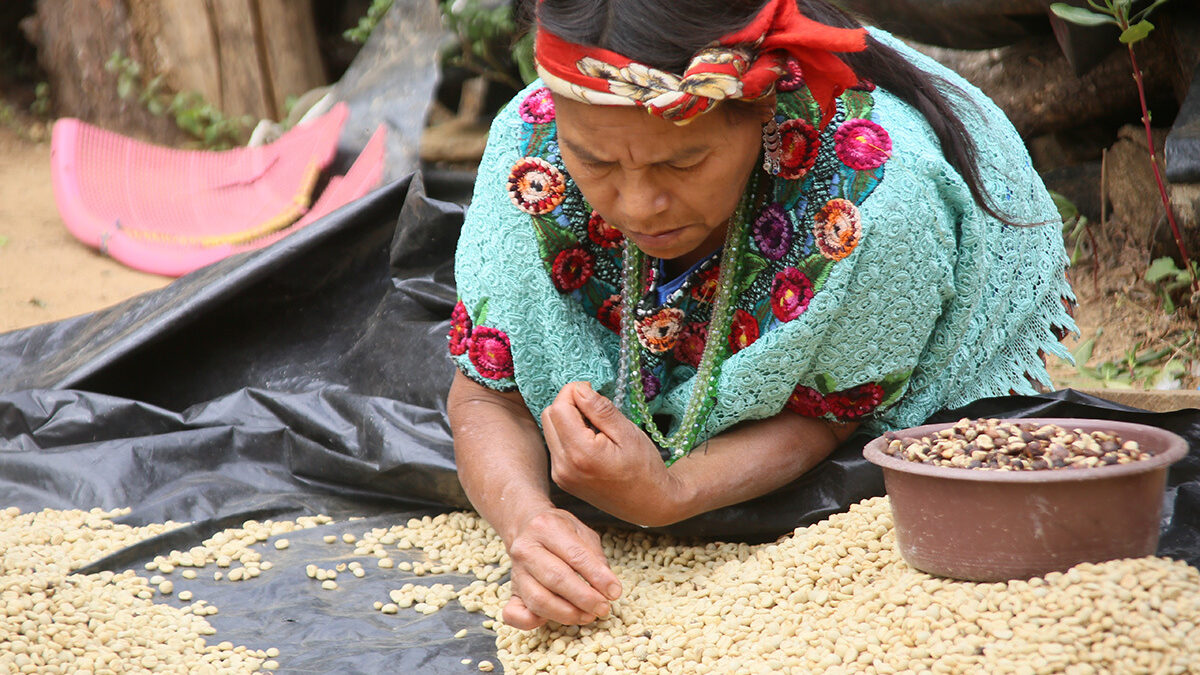
La Morena - Empowering Women Farmers
In Guatemala coffee has long been male-dominated, and gender equality remains a challenge. It is unfortunately still difficult for women in Guatemala to compete and thrive in the coffee world. La Morena is a coffee that showcases women farmers across Guatemala. Women operate 20% to 30% of coffee farms, and up to 70% of coffee production workers are females, depending on the region. In spite of this, women are systematically disadvantaged when it comes to resources, including land, credit, and information. This often results in a measurable gender gap in economic outcomes, including yields, productivity and farm income. La Morena is a coffee from Huehuetenango, one of the better-known regions of Guatemala. One of Guatemala‘s three non-volcanic regions, Huehuetenango is also the highest and driest one, making it one of the best to grow coffee. The region depends heavily on the coffee industry and export. Produced exclusively by female farmers, La Morena is also a Vol-Cafe Way coffee. Since they joined the program, the farmers have increased the quality of their coffee, increased their yields, and, as a result, earned more. By teaching them best practices, their farms are producing excellent coffee and becoming viable businesses. Above is an Illustration created by Daisy Cleary & one that will feature on our packaging when we re-release La Morena. "The idea for this illustration came to me late one night when I was reflecting on the La Morena women's project. As I sketched in my book and listened to music, I was moved by the hope this project brings to women in Guatemala's coffee industry. With this illustration, I wanted to celebrate the strength and resilience of these women. The central figure is a woman who is both feminine and powerful, cradling her heart in her hands. The heart is shaped like a coffee bean, symbolizing its importance to her and the sustenance it provides. The line continues upwards towards her mind, representing her intellectual freedom and the space she has to use her intelligence. The line then forms a crown over her head, signifying the empowerment and strength she gains from participating in the La Morena project. Overall, this illustration represents the hope and potential that the La Morena project offers to women in the coffee industry, and serves as a tribute to their hard work and perseverance."
Discover more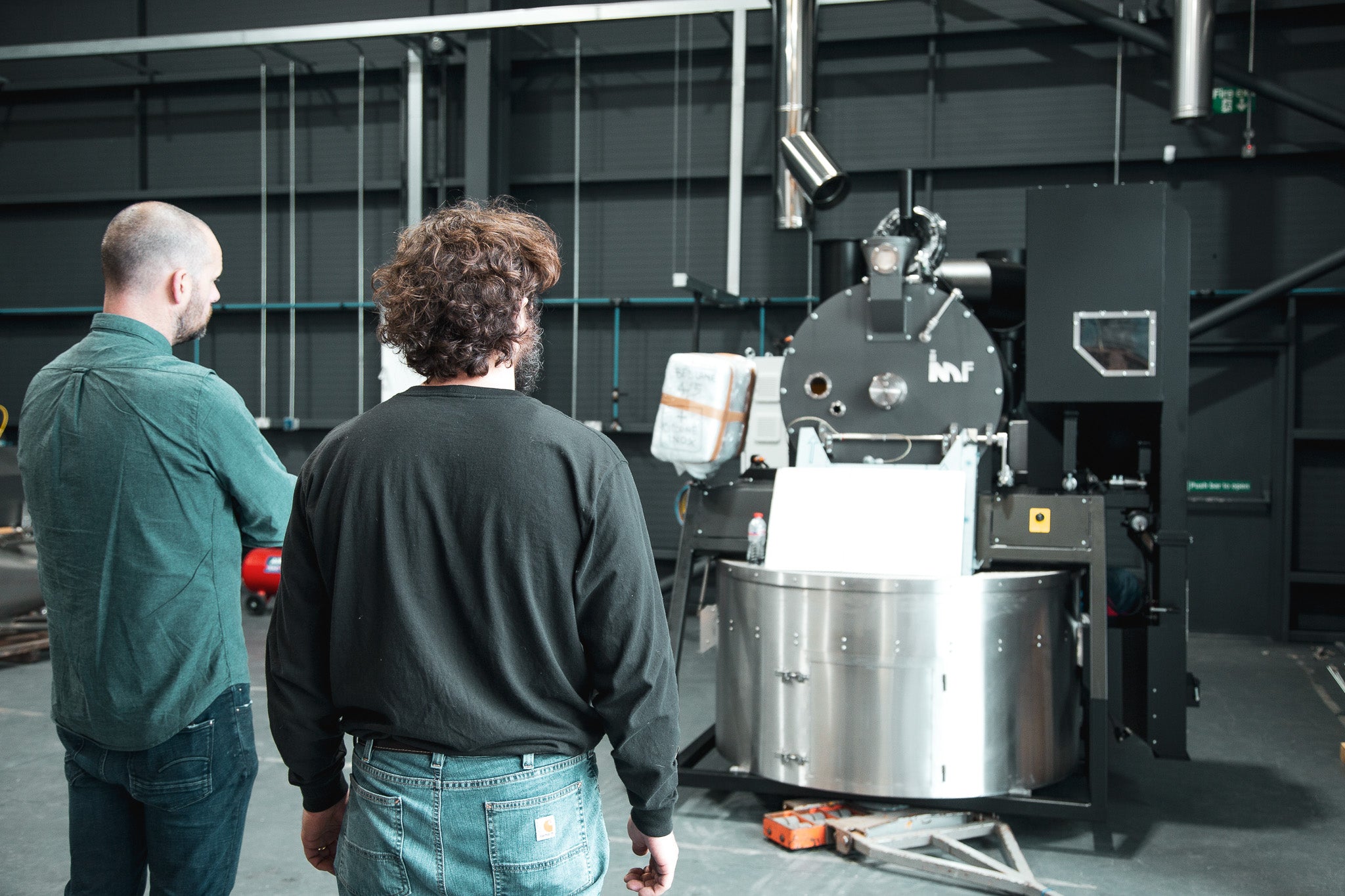
Choosing a new roaster is a big challenge for every roaster. It is likely that your decision will impact above all else the profile of every roast, workflow, and day to day operation in the roastery. Last year having sweat every detail we finally installed a new IMF RM60 and here are the mayor points that influenced my decision. Batch Size Although it is possible to roast coffee 5 days a week or more, it is not sustainable in the long run. Doing production roasting every day of the week often leaves roasters in a position that some crucial areas are put aside, or not given enough attention to. Sustainability We are always looking new way how to reduce our carbon emissions and be sustainable. Imf roasters are designed to reduce emissions up to 98% compared to traditional drum roasters. One could argue that emissions of traditional drum roaster with an afterburner are the same. However, in that case gas consumption of a traditional drum roaster is significantly higher. Imf is using the same burner for heating the drum and afterburner. Conduction vs Convection This is a subject worth further discussion, and I will elaborate on this in more detail in the future. In my experience heat application is one of the most significant elements affecting the flavour profile. Both have pros and cons. In my opinion, convection is a much better option for espresso. Being a much more efficient heat source, it allows faster roast times with no roasting defects and most importantly better inner bean development. This also means that when roasting on a convection roaster you can roast a few points lighter without the fear of underdevelopment. Maintenance As a roaster, I would say that a good roaster is also a good mechanic. Roasters tend to fix small mechanical issues themselves. With the IMF I have easy access to every part of the machine, which makes daily life much easier. Also, one unique feature of IMF due to its smart design and advanced technology is that you never have to clean the chimneys. Commissioned 24th October 2022 photo: Niko Sunko, Stephen Bell, Leonardo & Andre
Discover more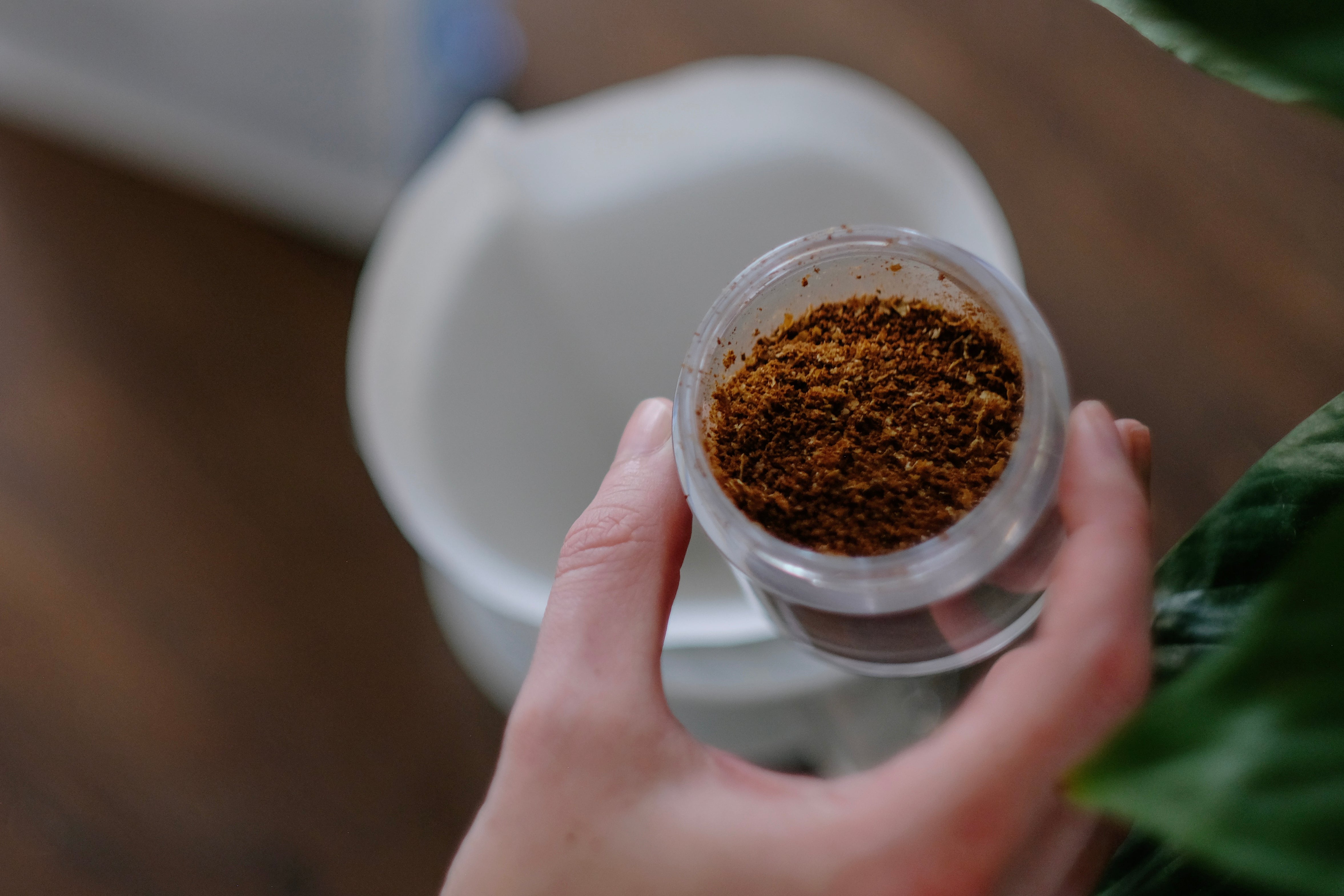
Ultimate Coffee Freshness - Dissolving the Myth
There is a current misconception that the fresher the coffee is, the better. Well, we're here to bust that myth wide open and explain what fresh-roasted coffee really means so you can enjoy your brew it is at its peak. We will begin by explaining what happens to coffee once it has been roasted. Two key processes occur: degassing and oxidation. Degassing: Degassing refers to the release of carbon dioxide (CO2) created from roasting coffee. Did you know that degassing occurs very aggressively during the first week after roasting? This is important to note because it means that extraction might not be adequate during this period since the trapped CO2 is vigorously trying to be released. In fact, if you brew coffee within the first week of roasting, you may miss out on the full potential of the roast. While the brew will still be good, it won't be at its peak in terms of sweetness, clarity, and acidity. Oxidation: On the other hand, oxidation happens when coffee is exposed to air. It is a natural, and gradual process that begins immediately after roasting. Over time, it leads to coffee going stale, flat, and losing its depth of flavor. To prevent or slow down oxidation, roasters typically package fresh coffee in bags with one-way valves. This allows the CO2 to escape while preventing oxygen from entering the bag. There are other techniques to prevent oxidation as well, but we'll dive into those in a future post. Now for the ultimate question, what is the best time to brew freshly delivered coffee? Well, we found that both our filter and espresso roasts are at their best when brewed between 1 to 11 weeks after roasting. Assuming the coffee is stored in its original packaging, there is little to no difference in the quality of the brew during this period. However, we've noticed slight oxidation in the brew by week 12, so it's best to consume your coffee within the recommended time frame to enjoy it at its peak freshness. To sum up, your coffee will be at its "peak" freshness 1 to 11 weeks after roasting. It's important to note that this does not apply to dark roast as the oxidation process is accelerated. If you're a fan of dark roast, we suggest brewing your coffee as soon as possible to avoid any rancid flavors. So there you have it, We hope this clears up any confusion about fresh-roasted coffee and helps you enjoy your cup of joe to the fullest.
Discover more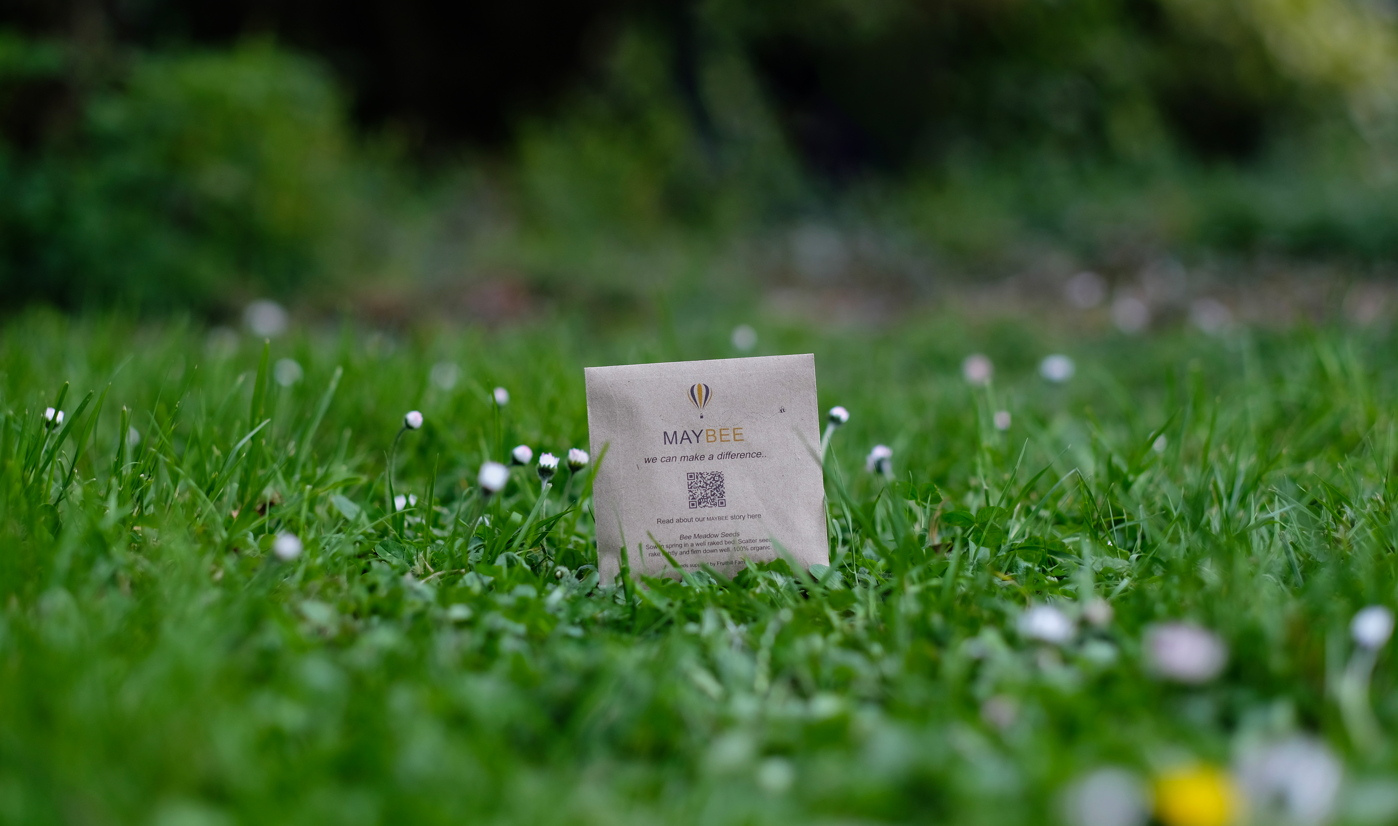
Last year, we began our MayBee campaign as a small initiative with a potentially huge impact. Our plan was to distribute packages of coffee across the country, with an added element that could involve both our community and ourselves as a team. Recognizing the significance of bees in our ecosystem and their declining population, we decided to include "bee bombs" in our online orders. This simple idea required only a little bit of work on either end, but a very apt example of how working together, can really make a difference. Alone we can do little, but together we can do a lot.! The response to our campaign was overwhelmingly, with lovely messages, photos, and requests for more bee bombs. This encouraged us to continue the campaign for the second year running. This year, we have sourced seeds from Fruit Hill Farm, an Irish company specializing in organic farming and gardening. The seeds have a wider coverage than the bee bombs. Every online order for the month of May will receive a pack of these seeds, and while it may seem small, it can definitely be mighty when we all do our bit. If planting seeds is not your thing, or you do not have the space, you can always pass them on to a friend or family member who does.. To plant the seeds, simply sow them in a well-raked bed in the spring. Scatter the seeds, rake lightly, and firm down well. Within a few weeks, your meadow should be well on its way to attracting bees and other pollinators. We cant wait to see your images and hope you enjoy these little bags of life.
Discover more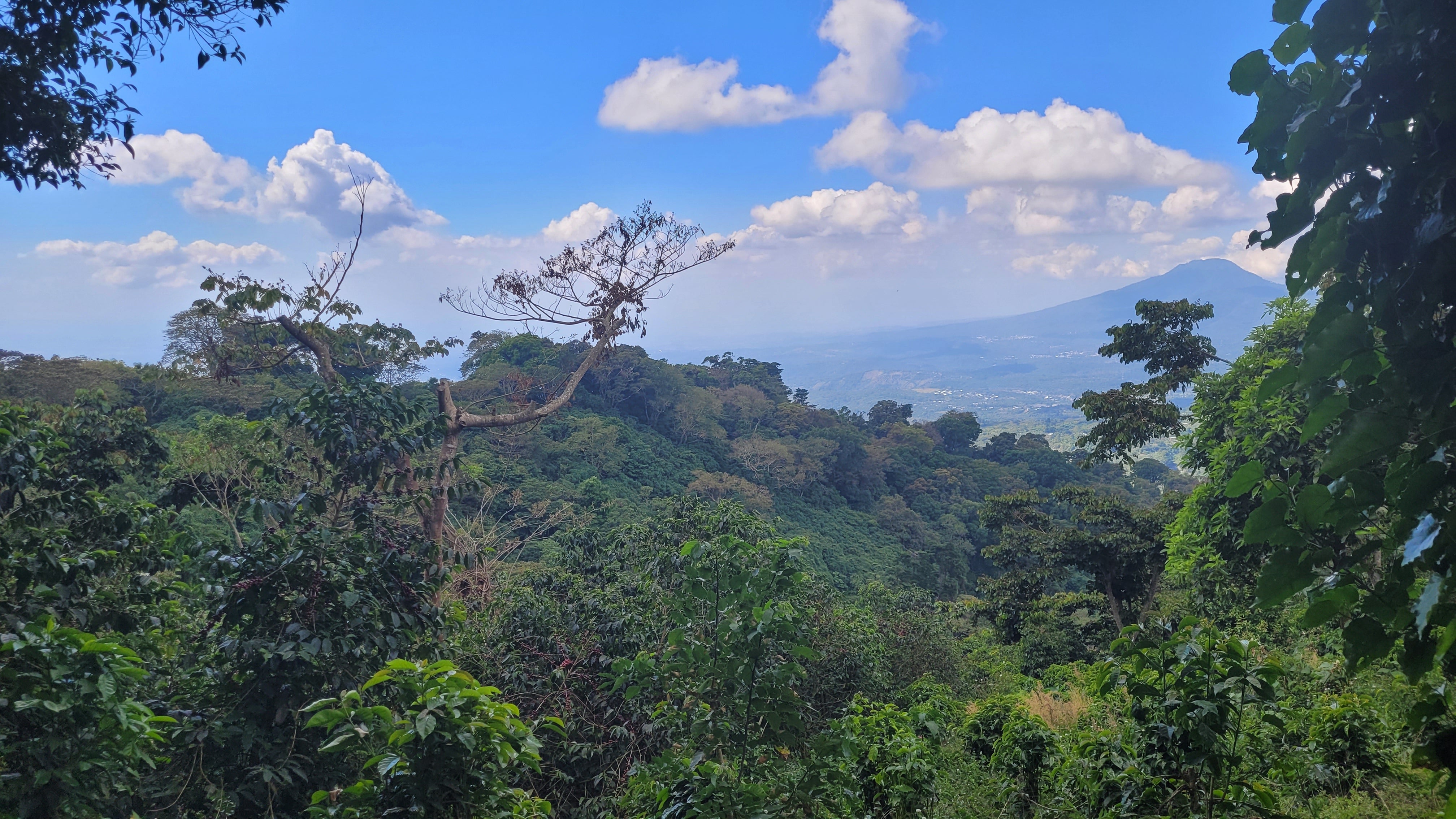
Bell Lane & Evalynn - Origin Trip to El Salvador 2023
Completing the coffee circle, producer, roaster & coffee partner. Goran, our account manager, along with Niall, owner of Evalynn Coffee shop, recently travelled to El Salvador to meet coffee producer Fedrico Pacas of Santa Petrona. How it Began I think, if you are reading this story, you might want to read the beginning of the story in our Coffee Journal called “Evalynn” because this is pretty much chapter two of the same story. But let’s do a little recap here. Niall opened Evalynn Coffee last year and started his coffee journey with Bell Lane. Needless to say, Drogheda gained a specialty coffee shop. (much-needed) With both of us starting out as baristas, the idea of “let’s do something more”, was brewing in our minds. Niall sparked the thought to have an - Exclusive roast and offer something unique for Evalynn’s customers. Finca Santa Petrona's black honey-processed Bourbon from the Pacas family in El Salvador had all the desirable attributes for an exclusive coffee - rich, sweet, dark-chocolatey coffee with enticing cranberry and cherry acidity. So, with great assistance from Niko, our head roaster and green coffee buyer, Santa Petrona was soon offered exclusively to all who visit Evalynn. Chapter Two - El Salvador Fast forward a few months, Andrew from Volcafe extended an invitation to Bell Lane and Evalynn to travel with him to El Salvador and meet the Pacas family, and just like that, we were on our way from Dublin to Toronto to San Salvador.While on a layover in Toronto, we managed to briefly explore the city's coffee scene and just HAD to give a quick mention to Fika Coffee after having a delicious brew by Yady (owner of Fika Coffee) – amazing guys! We arrived in San Salvador after midnight and got some much-needed rest. The next morning, we were greeted by Federico Pacas himself! it sounds unreal, and it felt unreal! We were then joined by Lily, Federico’s sister, and began the journey toward Santa Ana volcano, where Santa Petrona is located. Immersed in the Pacas family’s history and the coffee culture of El Salvador, Lily detailed some of the joys and also, some of the difficulties that coffee producers in El Salvador face these days, - all while maintaining a smile on her face. Lily is deeply rooted in the coffee growing community, advocating for countless coffee farmers by advising good practices of coffee farming and finding buyers. Due to road works, we could not access Finca Santa Petrona, so we continued to Finca San Jose which was a short journey to the far side of the mountain. At the foot of San Jose farm, Lily collected a few bourbon coffee cherries and gave them to Niall and me to taste. They were surprisingly sweet and tasted something between watermelon and pomegranate and a tiny, tiny bit peppery. We continued deeper into the farm, where some Pacamara coffee trees grew, and finally, we summitted the farm where beautiful Gesha coffee cherries grew and we were treated to breath-taking views of Santa Ana. Just to give you an idea about picking, the bottom of the farm is quite manageable, but as you ascend it becomes very steep and challenging. I can only imagine picking requires a lot of skill. Each picker can pick approx. 80kg-100kg Coffee cherries per day. After processing, drying, etc. this results in around 16kg of specialty-grade coffee. To be honest, I lose my sleep over that. Next on our schedule was the coffee mill “Beneficio Tuxpal” which is also the Pacas family’s home. The mill is where all magic happens which includes processing, drying, grading, packaging, etc. We toured the facilities at the mill and were then treated to lunch with the entire Pacas family. It’s really hard to explain generosity, kindness, and hospitality! The day closed with a “blind” cupping session in the coffee lab. 14 coffees, some of them from the same farm, but processed differently, were laid across the table for us to try. At the end of the session, the coffee from Santa Petrona was favored among all and received the highest score on the table. At that moment I looked at Niall and he just looked back with a smile. 😊 We said our goodbyes and handed Fedrico a small token from Ireland. - Their coffee!, roasted by Niko in Bell Lane and served in Evalynn. It is hard to determine who was happier with this meeting - us, for going “to source” and experiencing the farm or the Pacas family, seeing their family name and legacy on our blue bag full of coffee. Behind the dream is a vision, behind vision is idea, behind idea is passion.
Discover more